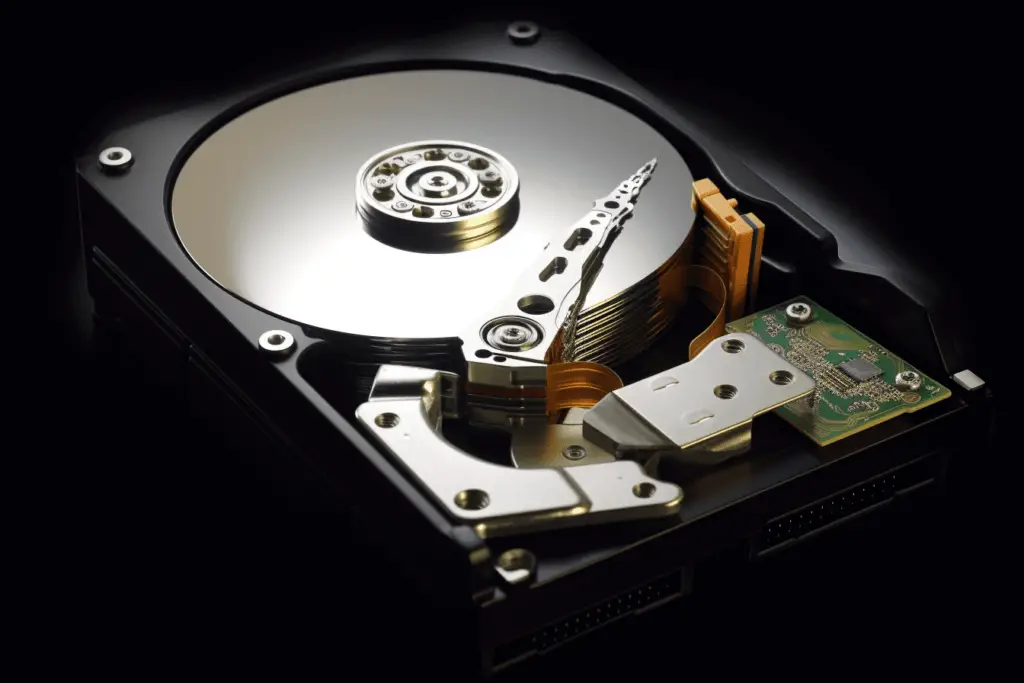Plug-and-play is one of the best things about modern computing. Not needing to reboot and wait for your computer to catch up to you is more productive, and many users expect it from their hardware these days. Does the same apply to your hard drive? Can you plug a hard drive into your computer while it is on, and will it work immediately?
A portable USB-powered hard drive can usually be plugged into a running computer without any issues; these are designed to do so. It is usually recommended that internal SATA hard drives are plugged into a powered-down machine and then powered on with the rest of the computer.
Plugging and unplugging devices and hardware from a running machine is sometimes called ‘hot plugging’ or ‘hot swapping’ and can make your user experience more convenient. Still, there are some instances where hot-plugging is not recommended, below we discuss the types of hard drives that can be plugged into a computer while it is on and those that can’t.
Different Types Of Hard Drives

Most computer users will come across two basic types of hard drives while using their computer:
- External portable hard drives
- Internal SATA hard drives
External hard drives usually plug into a USB port on the computer for both power and data transfer.
Internal hard drives attach directly to the motherboard via a specialized SATA cable and sometimes a separate power cable, these are not portable, and the computer needs to be opened to access it.
Can I Plug A Portable Hard Drive Into A Running Computer?
Most external portable hard drives can easily be plugged into a computer that is on and work immediately.
The way a USB port operates is to recognize new devices that are plugged into them while the computer is on. This is why a thumb drive or flash drive will be recognized by a computer as soon as it is plugged in.
Once the USB thumb drive is plugged into the port, you can access it using the computer’s operating system. As soon as a portable hard drive is plugged into the USB port, it will also be recognized by your computer, and you can access the files on it.
Can I Unplug A Portable Hard Drive From A Running Computer?
In most cases, on a Windows computer, you can safely unplug a portable USB hard drive from a computer that is on, but it is not recommended by Microsoft.
This is because Windows doesn’t use write caching when operating external hard drives. Write caching means your computer stores data on your computer before it is transferred to the hard drive. This speeds up the hard drive because it uses the computer’s RAM to process this information rather than using the hard drive’s RAM.
Windows writes directly to the hard drive, which slows it down, but protects the data if the hard drive is unplugged without using the ‘Safely remove device’ button or the computer suddenly turns off.
Macs use write caching, so using the eject feature when unplugging external hard drives is always best.
Can Internal Hard Drives Be Plugged Into A Running Computer?
An internal hard drive is not recommended to be plugged into a computer while it is running. There are two good reasons for this.
First, there is a live current on some components inside your computer. You risk getting shocked if you plug and unplug cables inside the machine while it is powered on.
The other is that internal hard drives often make up part of the boot sequence. This is where the computer will search for and ‘recognize’ all the hardware connected to it when it is first turned on. If you plug the hard drive in after this sequence, it may not recognize the hard drive.
You must reboot the computer if the hard drive isn’t recognized, so you wouldn’t have gained anything by plugging it in before powering it down.
